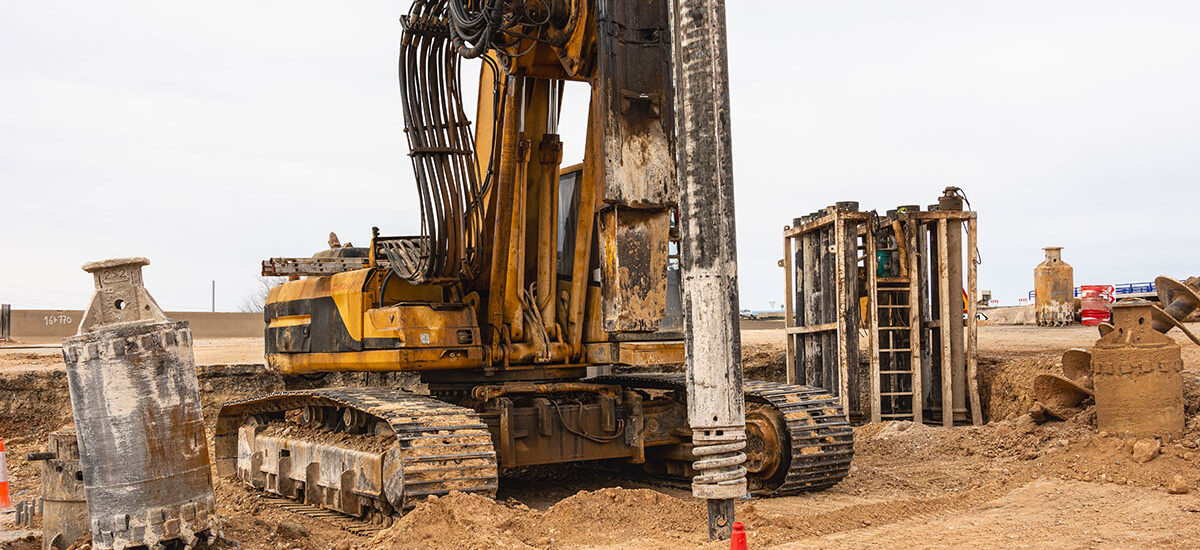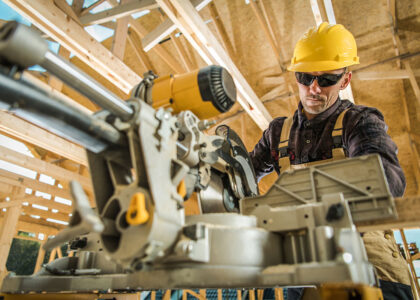The construction industry has come a long way from traditional brick-and-mortar methods. With the rapid advancement of technology, today’s building techniques are faster, smarter, more sustainable, and often more cost-effective. In this blog post, we explore some of the most impactful modern construction techniques reshaping how we design and build structures.
1. Modular and Prefabricated Construction
Modular construction involves building sections of a structure in a factory setting, then transporting and assembling them on-site. This method significantly reduces construction time and material waste.
Benefits:
-
Faster build time (up to 50% quicker)
-
Controlled manufacturing environment
-
Lower labor costs
-
Improved quality control
Many residential and commercial buildings — even hospitals and hotels — are now being built modularly.
2. 3D Printing in Construction
3D printing, also known as additive manufacturing, allows for the creation of entire structures using specially formulated concrete or other materials.
Notable Use Cases:
-
Affordable housing in developing areas
-
Custom architectural components
-
Reduced material usage and waste
With companies 3D-printing homes in under 24 hours, this technology is poised to disrupt traditional construction methods entirely.
3. Building Information Modeling (BIM)
BIM is a digital representation of the physical and functional characteristics of a structure. It allows architects, engineers, and contractors to collaborate in real-time using a shared 3D model.
Advantages:
-
Improved collaboration
-
Clash detection before construction begins
-
More accurate project timelines and costs
-
Lifecycle management of buildings
BIM is quickly becoming the industry standard for large-scale construction projects.
4. Green Building and Sustainable Materials
Modern construction now focuses heavily on environmental responsibility. Sustainable building techniques include the use of:
-
Recycled and renewable materials
-
Energy-efficient systems
-
Smart HVAC and lighting
-
Green roofs and walls
The goal is to reduce a building’s carbon footprint while maximizing energy efficiency.
5. Drones and Robotics
Drones are being used for everything from surveying sites to monitoring project progress. Robotics, on the other hand, are helping automate repetitive or dangerous tasks like bricklaying, welding, or demolition.
Impact:
-
Increased job site safety
-
Better data collection and real-time updates
-
Reduced reliance on manual labor
These technologies not only improve efficiency but also reduce human error.
6. Smart Building Technology
Smart buildings integrate IoT (Internet of Things) devices to monitor and control building systems like lighting, temperature, security, and energy consumption.
Examples:
-
Motion-activated lights and HVAC
-
Automated fire detection systems
-
Real-time energy monitoring
-
Adaptive building systems based on usage
The result is a more comfortable, safe, and efficient space for occupants.
Final Thoughts
Modern building techniques are redefining what’s possible in construction. From faster project timelines to eco-friendly materials and intelligent systems, these innovations are helping create the cities of tomorrow — today.
Whether you’re a builder, architect, investor, or simply a curious observer, understanding these trends can give you valuable insight into the future of construction.
Are you using any modern techniques in your own projects? Let us know in the comments below!





